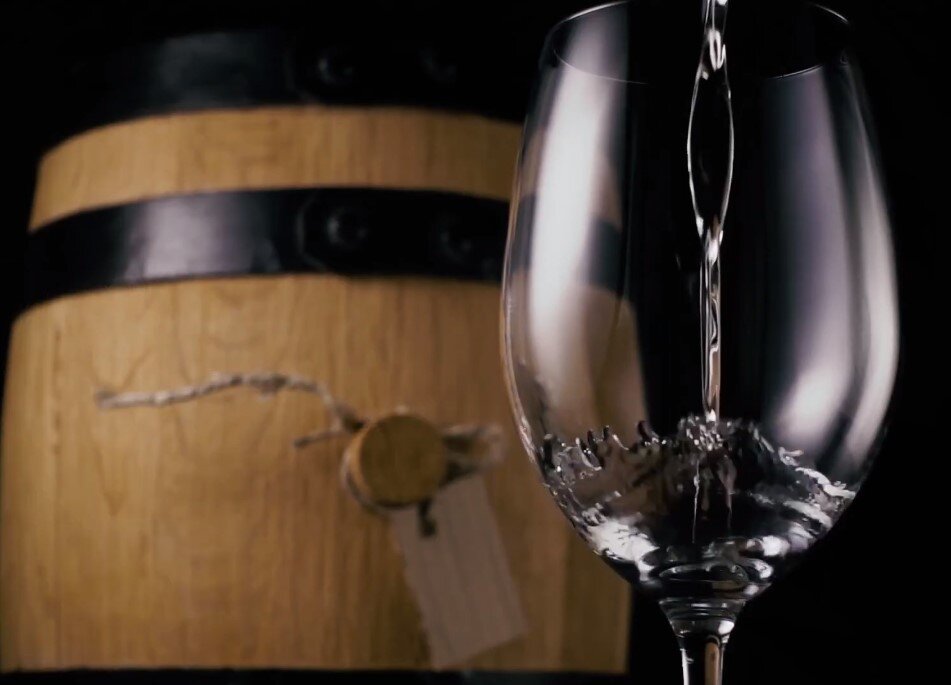
Different shapes, different experiences in wine tasting (photo credit to Shrarad Jadvani, Pixabay)
Hi, everyone, I’m Breno.
As many of you know, the wine world is always a big playground to explore. Don’t matter if someone implies they “I know it all”: there’s always so much more to learn.
I’ll try to show you how this in an everlasting process here, speaking about the right glasses to serve certain kinds of wine.
Just the other day, I accidentally broke one of my favorite wine glasses at home and still haven’t been able to find its exact reposition. Well, who hasn’t gone through such frustration? It led me to search more for what makes each glass adequate for each wine.
The big thing about having the right glass for each wine (and even by grape variety) is to maximize or mellow the aromas and flavors in the poured wine.
An example? If you have a glass with a smaller bowl, the wine’s aromas will hold up better in it. Instead, larger bowls will help you aerating your wine by making swirling easier. And taller bowls help evaporating excessive alcohol, while smaller ones preserve it.
I’m not going through the big details – just what you need to know for some important varieties:
Reds: taller, with tannin-driven variations

When thinking of red wines, the immediate thought is of a large, tall bowl. It relates especially to Cabernet Sauvignon or Bordeaux (such as these options, with a fantastic vintage from Château Coutet among them). Why is that? Simple: these are usually high in alcohol and tannins. Such ‘standard’ red wine glasses allow to aerate the wine while swirling, at the same time softening the strength of their tannins in the palate and the alcohol on the nose for taking a longer distance as you sip (due to the bowl being taller).
If instead you think of another bold, medium to full-bodied red wine such as Syrah (such as our earlier launches Montes Folly 2011 and M. Chapoutier Le Pavillon 2009), Sangiovese (which is the base for lovely Tuscans such as these) or Malbec – stronger in peppery flavors or black fruit and with strong tannins, a taller and rounded glass is recommended to release the fruity aromas and mellow these tannins at the same time.
Lighter-bodied reds, which are lower in tannins, such as Pinot Noir or Nebbiolo, are known for being tasted best in very wide bowls, which allow them to aerate and concentrate the delicate fruity aromas while aerating.
Whites: concerns with coolness, acidity and aromas

For white wines, it’s always a matter of balancing the floral aromas, acidity and cooler temperature.
The ‘standard’ here is the traditional Viognier or Sauvignon blanc glass: smaller than reds’ (for temperature-keeping purposes), with a narrow rim that allows concentrating the crispier tastes. In however, you need to enhance the nose in highly aromatic and bolder young white wines such as Chardonnay, go with a glass that has a slightly wider rim.
When it comes to white Burgundy, it is much like the wider, rounded Pinot Noir glass, albeit in a smaller size.
And sweeter whites, such as dessert Rieslings and Sauternes, go well with smaller bowls that help maintaining the alcohol-sweetness balance.

Illustration by Julia Lea / Wine Enthusiast
Rosé. Sparkling. Fortifieds.
If you’re thinking rosé, there are specific glasses – tulip-shaped ones with a slightly wider rim, that highlight its tartness. But I honestly think you might be collecting way too many glasses there. My personal take is that glasses fit for lighter-bodied reds can do well with rosé – sorry if it could be a blasphemy, sommeliers!
However, if these are sparkling rosé, you can follow the same logics as for normal sparkling wines: there are options like the classic flute (great to keep freshness and the bubbles coming, which is perfect for brut champagne such as Boërl & Kroff), the tulip (for floral-oriented aromatics such as prosecco, rosé) and the good old coupe glass (vintage and good for sweeter spumanti)…
And when it comes to fortified wines such as Port, Moscatel, Madeira or sherry, it’s well-known: smaller glasses with smaller bowls to avoid alcohol evaporation and highlight their fruit and complex aromas. (Oh. Don’t forget to check our Portuguese wines available for investment!)
* * *
